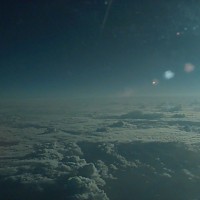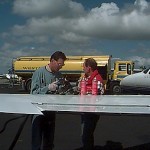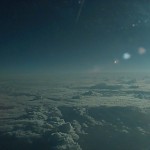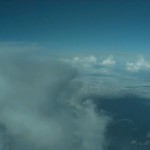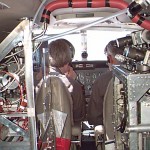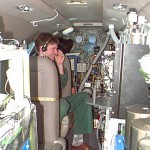The STREAM programme (Stratosphere-Troposphere Experiment by Aircraft Measurements) began in 1993 with the STREAM-I Winter campaign which took place from Kiruna (Sweden) during February 1993. The aim of this research was to develop an airborne measurement programme including detection of trace gases and aerosols to improve our understanding of the chemistry and dynamics of the tropopause region. This was encouraged by the importance of this part of the atmosphere for the antropogenic radiative forcing and the observed ozone trends, the need to validate chemistry models and the recognition of a lack of small scale in-situ data of ozone and its precursors.
The STREAM project combines in situ observations through aircraft measurements with modelling studies. The observational part of the work provides a basis for process studies and model validation.
STREAM-I has been followed up by:
- STREAM-II (1994 -1995), consisting of a summer campaign conducted from Amsterdam during July/August 1994 and a winter campaign, which took place from Kiruna, Sweden, during February 1995.
- STREAM-III (1996 – 1997), consisting of a spring campaign conducted from Shannon, Ireland, during April/May 1996 and a winter campaign flown from Kiruna, Sweden, during March 1995.
- STREAM-IV (1998 – 1999), consisting of a summer campaign conducted from Timmins, Ontario, Canada, during July1998.
The main scientific objectives of STREAM were:
- To investigate the chemical composition of the upper troposphere and lower stratosphere as a function of season and latitude.
- To study the extent and role of cross-tropopause exchange processes on the chemical composition of the tropopause region.
- To identify the air mass origin (anthropogenic or natural, e.g. biomass burning) and the role of long-range transport therein.
The STREAM-II to IV projects were EC-funded and coordinated by Prof. Jos Lelieveld (now at the Max-Planck-Institute for Chemisty, Mainz, Germany) and colleagues at the Institute for Marine and Atmospheric research Utrecht (IMAU ), at the Faculty of Physics and Astronomy of the Utrecht University in the Netherlands.

